Discover how secure, identity-driven onboarding boosts retention, accelerates productivity, and reduces pressure on IT and HR. While protecting your investment in people.
From the moment a new candidate accepts their invitation to interview, they’re forming an opinion of what working in the organisation will be like. And, make no mistake, in competitive labour markets, where talent may be scarce, expectations are high.
From the culture they join to the technology they use.
If they arrive to find their laptop isn’t ready, their credentials don’t work, or they’re locked out of key systems, confidence drops. It’s a loss of momentum that can have a lot more than cosmetic consequences.
- 44% of new hires have regrets about joining in their first week1
- 64% say they’d leave within a year if onboarding is poor2
- Average cost of replacing an employee in the UK is £25,0003
That’s not just admin inefficiency. It’s money out the door and talent walking away.
The talent pool is often small. People talk and reputations matter.
As the saying goes, you only get one chance to make a first impression.
New starter onboarding is fundamental to talent retention
Don’t underestimate the power of a positive, or negative, onboarding experience.
Ensuring that new joiners can enter an organisation and immediately have all the tools available to them, not only sets them up for success and reduces the burden on managers but, perhaps more importantly, shows employees that they’ve made the right choice in joining a company that invests in their people.
A good onboarding process can improve new hire retention by up to 82%4 while speeding up time to productivity by 50%5.
When onboarding is smooth, employees feel supported, trusted and in control. They know where to find what they need. They understand the systems. They can start contributing straight away.
And yet, according to one Gallup poll, only 12% of employees agree their organisation’s doing a great job of onboarding new hires6.


Free Guide
Identity investment your leadership can't afford to ignore
Create a compelling case for Microsoft Entra. Transform IT challenges into commercial opportunity through modern, efficient, and secure identity management.
Includes: Real world success stories.
Meeting expectations in a digital-first world
Hands up those who use a sophisticated smart device in their personal life.
Thought so.
That’s the standard of technology your workforce is used to. So it should come as no surprise that they expect the same from workplace tech.
After all, if they can book a holiday or check their bank balance in seconds, why should getting set up for work take six helpdesk tickets?
From unboxing a device to logging into systems, simplicity matters.
This is what prompts new starters to expect things like devices and apps that match the quality they use at home. Or maybe even to use their own devices securely (and backed by BYOD policies). Or to enjoy the kind of mobile-first, intuitive, and seamless digital experiences that enable them to work in the way that suits them.
This isn’t entitlement. It’s a reasonable expectation from people who want to hit the ground running. When onboarding tech feels modern and seamless, it sends a clear message:
We’re thrilled you’re here. We’ve got your back. Let’s get started.

Effective onboarding makes employees 18x more committed to their place of work.
Onboarding needs to be built for the way people work today
Fast, secure, flexible. That’s the baseline for today’s onboarding experience. Employees expect to get started right away. From anywhere, on any device.
Modern identity platforms make that possible. When access is managed through the user’s identity, setup is smarter, faster, and tailored to the individual. No outdated network rules. No manual provisioning.
It’s secure, consistent, scalable, and works across hybrid and cloud environments.
In Microsoft environments, tools like Entra ID, Autopilot, and Intune deliver this by combining identity, access control and device management; including hybrid join for organisations bridging on-premises with cloud.
In practice, this means:
Simple for users. Secure by default. And considerable reduction in operational overhead.
Identity-led onboarding reduces pressure on IT and HR
Let’s not forget (as if?) that behind every onboarding process is a team juggling tasks, systems, and expectations. When those processes are manual, everyone feels the strain.
Talent retention isn’t only about keeping new starters happy. It’s about your entire workforce. And when over 70% of IT professionals report burnout, we need to factor attrition rates among existing teams into the equation.
You see, simplifying onboarding processes doesn’t just create a better experience for the joiner, it lightens the load for everyone.
For example:
- IT isn’t manually setting up devices or chasing access requests
- HR isn’t fielding complaints about systems or lost paperwork
- Security isn’t cleaning up after accidental data leaks or permission errors
Instead, provisioning, access and compliance are built into the workflow. Departures are handled with automatic deprovisioning and data protection. Processes scale without extra resource.
And support teams can focus on strategic work, not firefighting.
The ROI case for smarter onboarding experiences
When acquiring the right talent is a hard won battle, doing what you can to retain it is essential. And secure, identity-driven onboarding delivers measurable value.
Reducing attrition, speeding up time to productivity, and creating immediate employee experiences that encourage greater engagement, loyalty, and performance.
And this all helps to protect your bottom line:
- Fewer people leave, which lowers disruption and preserves team momentum
- Recruitment costs fall because you’re not constantly replacing lost talent
- Teams become productive faster, improving output across the business
- IT and HR spend less time on manual setup, troubleshooting and admin
- Team wellbeing improves as there’s enough people to cover workloads
There’s a reputational benefit too. Candidates do their homework. They talk to each other and search online. They read reviews and comments on social media. If onboarding is poor, it’s hard to hide.
And if it’s great, well that shows up too.
A smooth onboarding process leaves a lasting impression, helping to build your standing as a people-first employer. Making it easier to attract the right talent in the future.
Organisations who are getting onboarding right see it as the essential ingredient in attracting, retaining, and empowering its people. It builds early trust. It speeds up contribution.
Protecting the time and money invested in every new hire while improving the environment and experiences across the entire workforce.
Key takeaways
Secure onboarding sets the tone for how employees feel, perform and stay.
First impressions have a lasting impact on retention, engagement and employer brand.
Digital-first experiences are now the expectation, not a nice-to-have.
Identity platforms remove friction and deliver access that’s fast, flexible and secure.
Smart automation reduces IT and HR workload and supports scale without extra resource.
Poor onboarding leads to early attrition and long-term cost.
A streamlined onboarding process protects both your reputation and your bottom line.


Free Guide
Identity investment your leadership can't afford to ignore
Create a compelling case for Microsoft Entra. Transform IT challenges into commercial opportunity through modern, efficient, and secure identity management.
Includes: Real world success stories.
Next Steps

Great emails start here
Sign up for free resources and exclusive invites
Subscribe to the Kocho mailing list if you want:
- Demos of the latest Microsoft tech
- Invites to exclusive events and webinars
- Resources that make your job easier

Don't Miss
Great enterprise identity resources

How to rethink privileged access with Microsoft Entra

Microsoft Security Roadshow
Demos and expert insight to help you get the most from Microsoft's identity, security and cloud solutions.

6 essential steps to secure privileged account access

How Microsoft Entra Suite is improving user experience and compliance

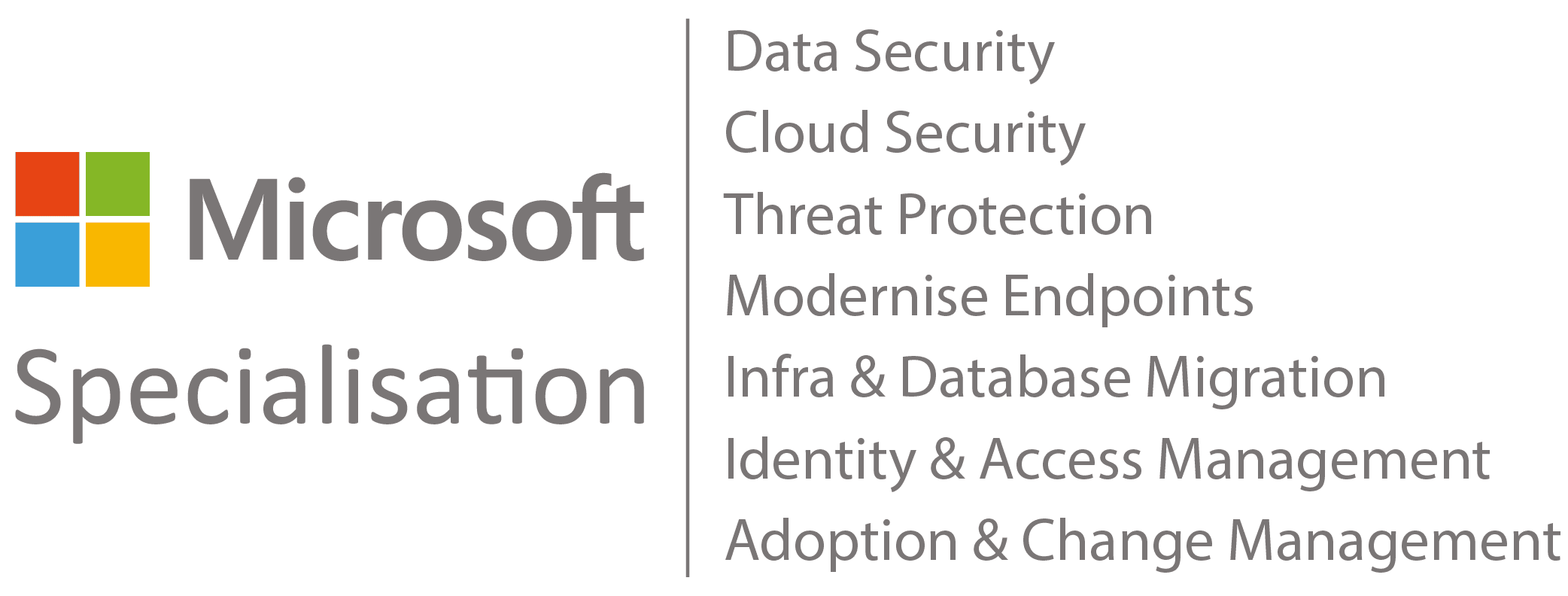

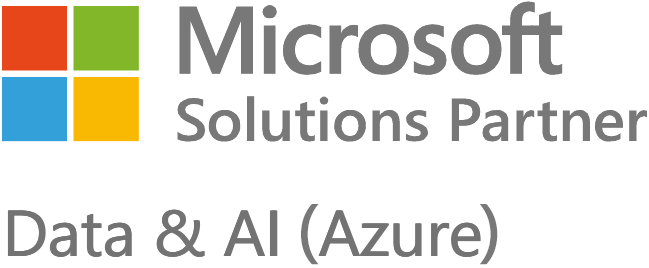
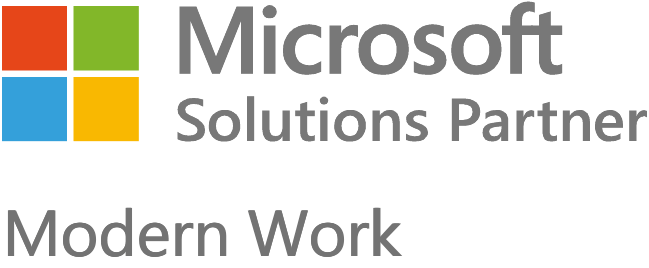

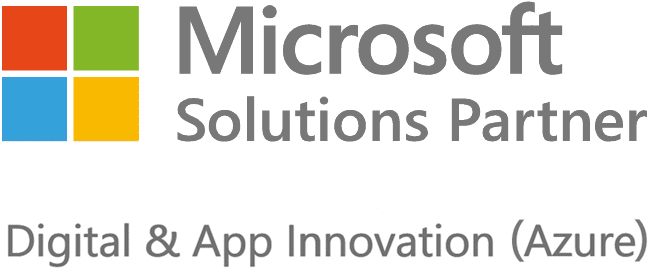
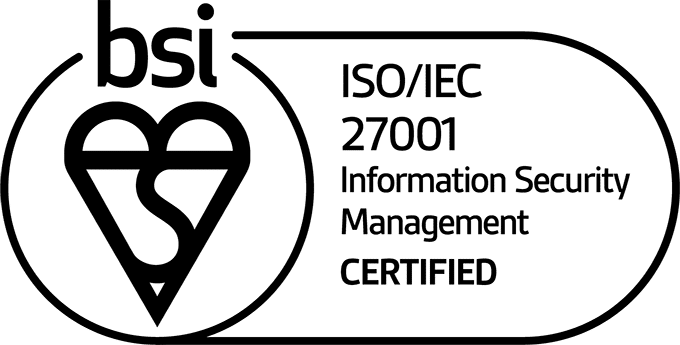
















Got a question? Need more information?
Our expert team is here to help.




